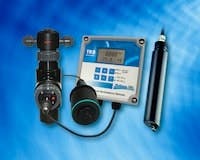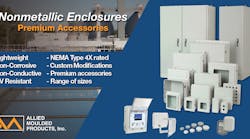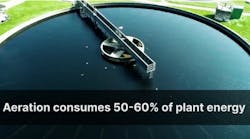Filter backwashing is a critical part of the drinking water production process. During backwashing, water flow is reversed and increased in order to flush out debris and particles. Filter backwashing has two main objectives: it extends the life of the filter, and it cleans the filter to preserve water quality.
Measuring the turbidity of the water coming out of the filter is the best way to determine when backwashing should occur. A turbidity measurement is also used to monitor the progress of the cleaning process, and when the turbidity returns to a value near the turbidity of the clear well water the backwash cycle is stopped. Accurate turbidity measurement optimizes filter backwashing, optimizing drinking water plant performance and minimizing operating costs.
The filter backwashing process may begin when the effluent reaches 0.1 NTU. According to the American Water Works Assn. and the U.S. Environmental Protection Agency, the backwashing process should be terminated when turbidity is the in range of 10 to 15 NTU, which leaves enough particulate for effective ripening.
The precise, low-maintenance Triton TR8 turbidity analyzer from Electro-Chemical Devices is ideal for monitoring turbidity in filter backwashing systems, optimizing drinking water plant efficiency. The Triton TR8 clear water sensor is suitable for all phases of drinking water processing including filter backwash. The accurate Triton TR8 TA operates over wide measurement range with output available in multiple units: 0.000 to 9999 FNU, or 0.00 to 3000 ppm, or 0.0 to 3.0 g/L, or 0% to 20%. The TR8 TA sensor features an error rate of less than 5% of reading with repeatability greater than 1% of reading.
Contact Us
Electro-Chemical Devices Inc.
Irvine, CA
800.729.1333
www.ecdi.com
[email protected]



